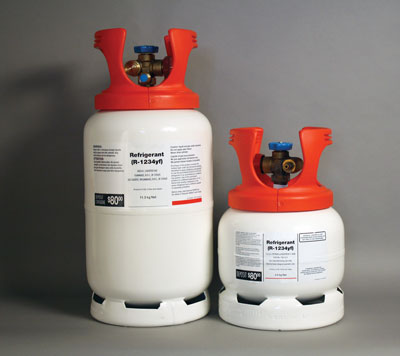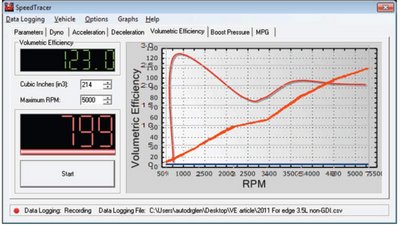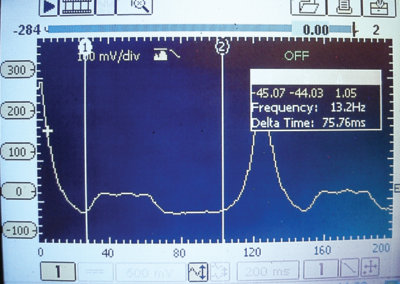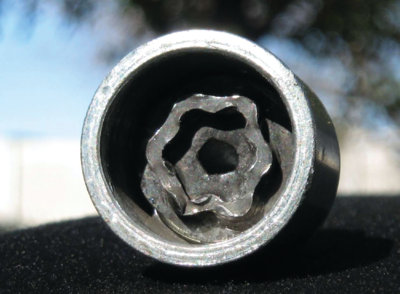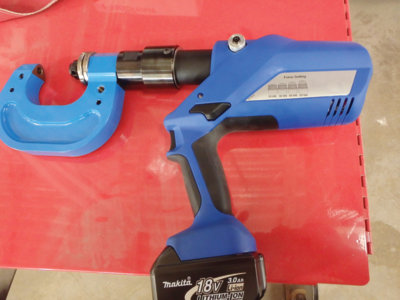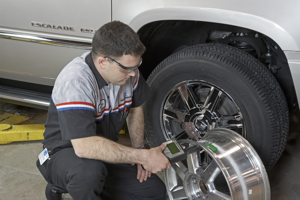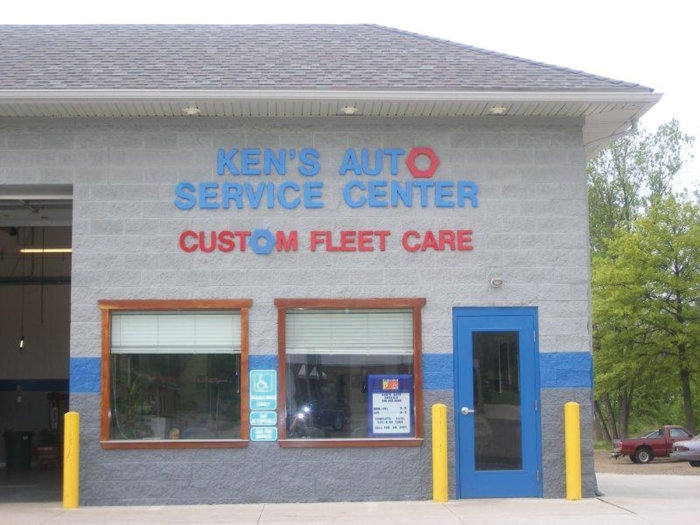Robinair, a business unit of SPX Corporation, recently announced the availability of its new DiscovR Refrigerant Identifier (P/N 16009) designed to identify unknown refrigerants and uncover hard to find air contamination prior to servicing A/C systems. The innovative, state-of-the-art 16009 was engineered specifically to take the guesswork out of identifying refrigerant condition in A/C systems prior to servicing in order to reduce a technician’s chances of re-contaminating the vehicle being serviced and spreading the contaminated refrigerant to other vehicles. This also helps prevent the contamination of a shop’s costly R134a supply, damage and warranty loss on recovery equipment, lost service profits, and even risk of injury.
“The best justification for using an identifier prior to servicing the A/C system is that overall, industry experts estimate that a significant number of automotive A/C systems are contaminated with a mixture of R12, HFC-134a, R22, hydrocarbons, propane, butane and isobutene,” said Tim Wagaman, SPX Service Solutions A/C Tools & Equipment. “It’s been well documented by the EPA that dangerous gases, such as butane or propane, used illegally as a refrigerant cause leaks in the A/C system and blisters the seals. If a car owner stuck in the heat of traffic decides to turn on the A/C, the essential ingredients for explosion and fire are readily available: fuel, oxygen and a source of heat to initiate the process,” Wagaman adds.
The DiscovR is an innovative addition to Robinair’s range of high-performance A/C Refrigerant Recovery & Recharge (RRR) equipment. Having a refrigerant identifier in the shop can help pinpoint many refrigerant identification problems and can assist technicians in determining how to identify, recover and dispose of any contaminated refrigerants they may encounter. Professional technicians can also use the versatile identifier to confirm that the refrigerant the supplier is sending the shop is pure and uncontaminated. It can also protect the technician from harmful refrigerant mixtures and protect the shop’s investment in an RRR unit such as the Robinair 34788.
What’s more, refrigerant recovery recycling units are designed to meet SAE standards for recycling R134a only and therefore most equipment manufacturers do not warranty their recovery recycling equipment if other refrigerants such as propane or butane are detected.
For additional technical and product information on the Robinair DiscovR 16009 Refrigerant Identifier, contact Robinair at (800) 533-6127, or go to the website at www.robinair.com.


